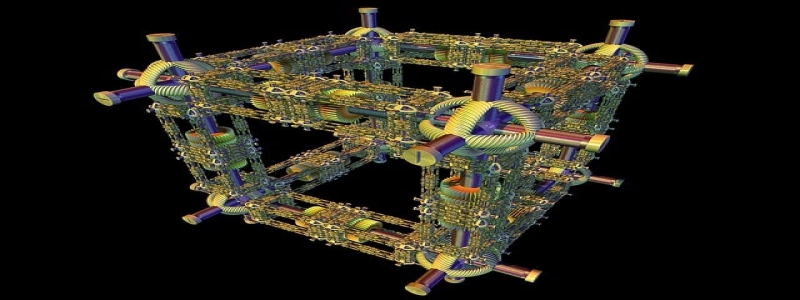Ethernet Remote I/O
Introduction
Ethernet Remote I/O refers to a technology that enables the control and monitoring of remote input/output devices over an Ethernet network. This technology has revolutionized industrial automation by allowing for the integration of various devices into a centralized system. In this article, we will explore the advantages and applications of Ethernet Remote I/O.
Advantages of Ethernet Remote I/O
1. Increased Flexibility: Ethernet Remote I/O systems offer a high level of flexibility as they can be easily integrated with existing Ethernet networks. This allows for easy scalability and expansion of the system without the need for complicated wiring or hardware changes.
2. Real-Time Monitoring: Ethernet Remote I/O provides real-time monitoring of remote devices. This means that operators can constantly monitor the status of the devices and quickly identify any issues or failures. Real-time monitoring enhances operational efficiency and reduces downtime.
3. Cost-Effective: Implementing Ethernet Remote I/O eliminates the need for complex wiring systems and reduces the amount of hardware required. This results in significant cost savings, both in terms of installation and maintenance.
4. Easy Integration: Ethernet Remote I/O devices can easily interface with other devices such as PLCs (Programmable Logic Controllers) and SCADA (Supervisory Control and Data Acquisition) systems. This enables seamless integration of different systems, leading to better control and automation.
Applications of Ethernet Remote I/O
1. Industrial Automation: Ethernet Remote I/O is extensively used in industrial automation processes. It allows for the centralized control and monitoring of various devices such as valves, sensors, and motors. This technology enables efficient and precise control over industrial processes, leading to increased productivity and reduced manual intervention.
2. Building Management Systems: Ethernet Remote I/O finds applications in building management systems, where it can control lighting, HVAC systems, access control, and security systems. This technology offers enhanced energy efficiency, improved security, and better overall management of building resources.
3. Environmental Monitoring: Ethernet Remote I/O systems are utilized in environmental monitoring applications such as water management, air quality monitoring, and weather monitoring. These systems provide real-time data on various environmental parameters, allowing for efficient resource management and early detection of any environmental hazards.
4. Power Distribution Systems: Ethernet Remote I/O plays a crucial role in power distribution systems by providing control and monitoring capabilities for devices such as transformers, circuit breakers, and switchgear. This technology enables better management and optimization of power distribution networks, leading to improved reliability and reduced downtime.
Conclusion
Ethernet Remote I/O is a technology that has transformed the way remote devices are controlled and monitored. Its advantages such as increased flexibility, real-time monitoring, cost-effectiveness, and easy integration make it an essential component of various industries. Whether in industrial automation, building management, environmental monitoring, or power distribution systems, Ethernet Remote I/O offers numerous benefits that result in enhanced efficiency, reduced manual intervention, and improved overall performance.







